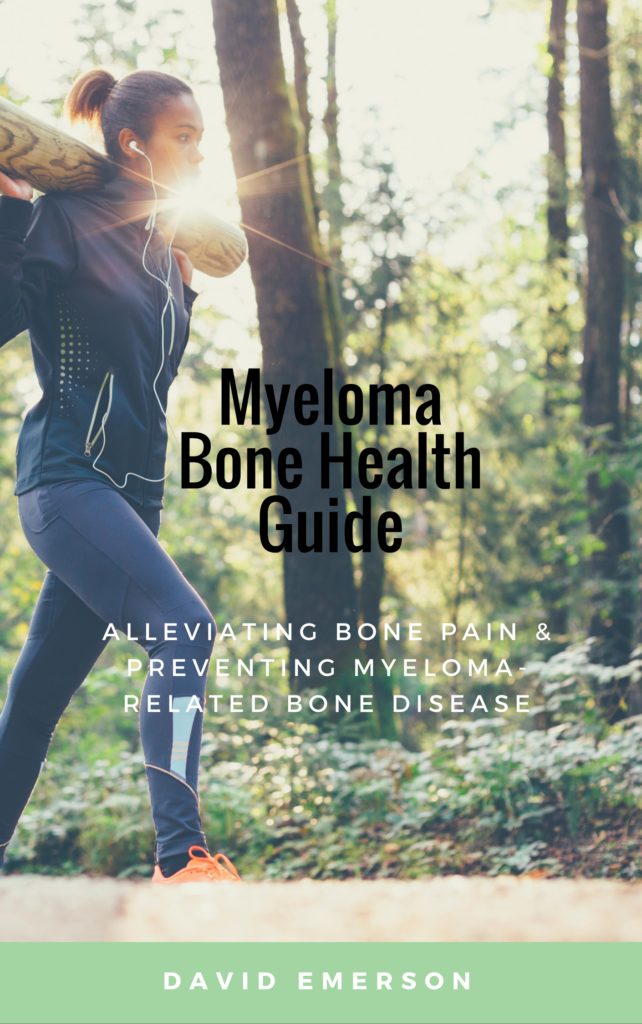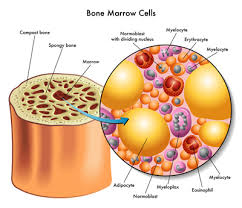
Recently Diagnosed or Relapsed? Stop Looking For a Miracle Cure, and Use Evidence-Based Therapies To Enhance Your Treatment and Prolong Your Remission
Multiple Myeloma an incurable disease, but I have spent the last 25 years in remission using a blend of conventional oncology and evidence-based nutrition, supplementation, and lifestyle therapies from peer-reviewed studies that your oncologist probably hasn't told you about.
Click the orange button to the right to learn more about what you can start doing today.
- You are here:
- Home »
- Blog »
- Multiple Myeloma »
- Multiple Myeloma, Hematopoietic Stem-cell Transplantation, Bone Loss, Risk of Fracture
Multiple Myeloma, Hematopoietic Stem-cell Transplantation, Bone Loss, Risk of Fracture

Results of a single-institution study have found that survivors of hematopoietic stem-cell transplantation (HSCT) were at a significantly increased risk for fracture, with an approximately eight times greater risk among HSCT survivors aged 45 to 64
Autologous and allogeneic hematopoietic stem-cell transplants (HSCT) are a useful weapon when you have a blood cancer such as multiple myeloma (MM).
The challenge facing MM patients undergoing HSCT is that it is aggressive, toxic therapy. Therefore it is important to understand the short, long-term and late stage side effects of HSCT therapy.
Further, it is important to identify and treat those short, long-term and late stage side effects of an ASCT accordingly. Bone loss and the risk of fracture is just one of those possible side effects and can be a real problem for multiple myeloma patients and survivor. According to research, 90% of all MM patients deal with bone damage during their experience.
All MM survivors must work on their bone health for their entire lives. That may sound like a lot of work but it really isn’t. Or maybe I should say that the effort is worth it.
- Nutrition
- Supplementation
- Lifestyle Therapies
All evidence-based but non-toxic and non-conventional. Meaning that your oncologist won’t know much about the bone strengthening effects of vitamin D3 or curcumin supplementation.
I am a MM cancer survivor and MM cancer coach. I underwent a auto SCT in ’95. I underwent intravenous bisphophonate therapy and I live a regimen of evidence-based, non-toxic therapies to strengthen my bones as well as manage the other side effects from my ASCT.
Have you been diagnosed with cancer? Are you considering a transplant?
For more information about understanding the risks of side effects of this procedure scroll down the page, post a question or comment and I will reply to you ASAP.
thank you,
David Emerson
- MM Survivor
- MM Cancer Coach
- Director PeopleBeatingCancer
Recommended Reading:
- Mind-Body Therapy for the Multiple Myeloma Survivor
- Chemotherapy, Allergic Reaction, Hypersensitivity all Adverse Events
- Multiple Myeloma Chemotherapy Kills (SAE/FAE)
Fracture Risk Increased After Hematopoietic Stem-Cell Transplantation
“Results of a single-institution study have found that survivors of hematopoietic stem-cell transplantation (HSCT) were at a significantly increased risk for fracture, with an approximately eight times greater risk among HSCT survivors aged 45 to 64 years compared with the general US population…
“All patients receiving an HSCT should be considered to be at risk for post-transplantation bone loss, because the risk factors for post-transplantation bone loss are still poorly identified…”
Data showed that women HSCT survivors aged 45 to 64 had a relative risk for fracture eight times greater than the general US population. Similarly, men HSCT survivors aged 45 to 64 years had seven to nine times greater relative risk for fracture than the US population.”
Warning that Patients Having Hematopoietic Stem Cell Transplants Appear to Have More Fractures
“The incidence of fractures is higher in patients with cancer who have undergone a hematopoietic stem cell transplant (HSCT) compared with individuals in the general population, according to new research now available online ahead of print in the Journal of Clinical Oncology (doi: 10.1200/JCO.2014.57.8195).
“Our results highlight that the risk of bone loss and fractures is a significant problem during the survivorship period following HSCT,” said the study’s corresponding author, Huifang Lu, MD, PhD, Associate Professor and Director of the Bone Health Clinic at the University of Texas MD Anderson Cancer Center. Published literature has shown that bone loss occurs early and rapidly after HSCT, although those earlier studies were small and of short duration, she added.
Fractures can lead to morbidity and mortality, but identifying patients at high risk and instituting treatment early on can potentially prevent this, Lu explained.
Asked for her perspective, Theresa Hahn, PhD, Professor of Oncology at Roswell Park Cancer Institute, said she considered the study to be well done, conducted with a large cohort of patients over a long period of time, and to have a strong statistical analysis. The paper may also help oncologists identify HSCT recipients who need to be monitored for fractures, she said…”


